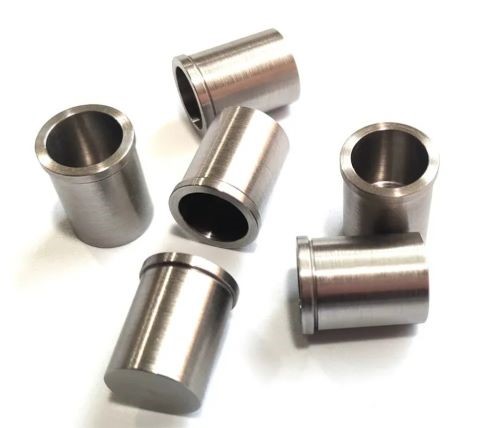
Introduction Molybdenum is widely used in various industries such as metallurgy, electronics, and nuclear energy due to its excellent properties such as high melting point, corrosion resistance, and good thermal conductivity. With these impressive characteristics, molybdenum is employed to make crucibles, evaporation boats, and other useful tools. In this article, we’ll focus on molybdenum crucibles, […]
Tags: How to Clean Molybdenum Crucibles, How to Produce Molybdenum Crucibles, manufacture molybdenum crucibles, Molybdenum Crucibles, What Are the Features of Molybdenum Crucibles
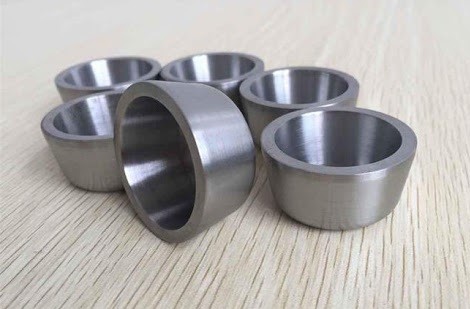
Introduction Crucibles are essential components used in laboratories or research facilities where high-temperature processes are carried out. They are used to hold and heat samples or substances to very high temperatures for analysis, purification, or other applications. Crucibles are made of various materials, including ceramics, glass, metals, and alloys, and come in different shapes and […]
Tags: Advanced Refractory Metals, Low-form Tungsten Crucible, Platinum Crucibles, tungsten crucible
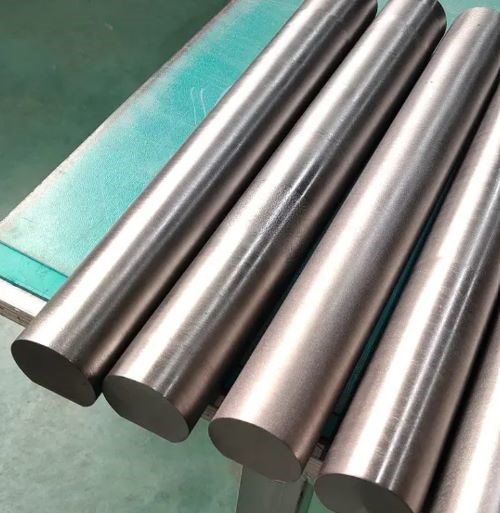
Introduction Molybdenum is a highly versatile metal that is widely used in various industries due to its excellent properties such as high melting point, good thermal conductivity, and corrosion resistance. There are a variety of molybdenum metals and alloys available in the market, including pure molybdenum and the molybdenum lanthanum alloy. In this article, we […]
Tags: molybdenum lanthanum alloy, Molybdenum Lanthanum Alloy vs Pure Molybdenum, pure molybdenum, titanium-zirconium-molybdenum (TZM) alloy
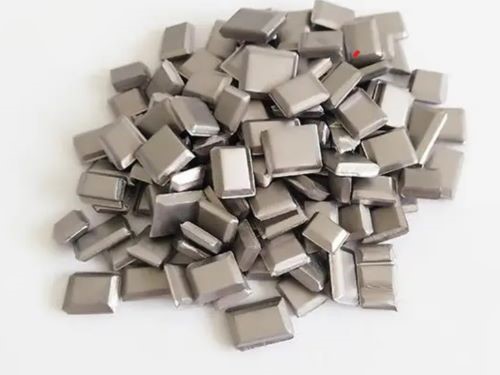
Introduction As energy demand increases and environmental concern rises, people start to search for new renewable energy sources such as wind, solar, and geothermal power. Lots of advanced techniques including artificial photosynthesis and water-splitting reaction are developed to generate solar fuels. Moreover, photoactive semiconductor materials like Niobium are also utilized to enhance the efficiency of […]
Tags: How Does Artificial Photosynthesis Happen, How Does Water Splitting Occur, Niobium-based Photoactive Water Splitting Catalyst, Uses of Niobium
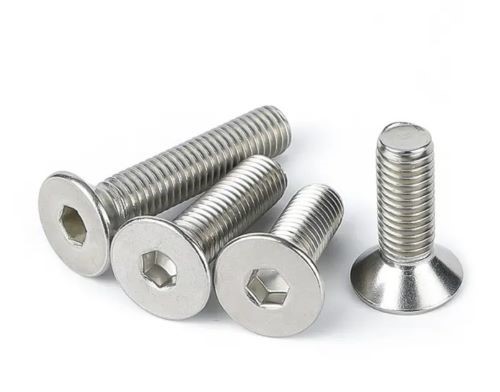
Introduction A range of metals has been utilized and explored ever since the Bronze Age. You can find metallic equipment everywhere such as daily appliances, industrial devices, and construction materials. Both titanium and stainless steel are popular materials with industrial uses. This article is going to introduce their features and applications by comparing titanium fasteners […]
Tags: aluminum, carbon, Copper, Molybdenum, Nickel, nitrogen, silicon, stainless steel fasteners, sulfur, titanium, titanium fasteners
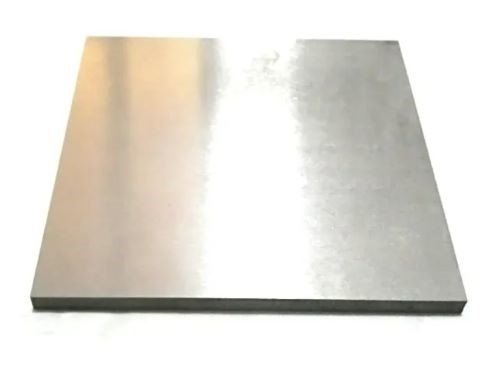
Introduction Molybdenum metal is employed in a variety of industries like electronics, semiconductors, glass-making, and most importantly heating applications. For instance, there is a range of vacuum furnace hot zones made from molybdenum metal. Figure 1. Molybdenum Sheets Therefore, this article is going to explore how molybdenum metal is applied to manufacture heating apparatus using […]
Tags: heat shields, heating elements, How Is Molybdenum Metal Used in Vacuum Furnace Hot Zone, How Is Molybdenum Used in Vacuum Furnace Hot Zone, Molybdenum Heat Shields, molybdenum heating elements, Molybdenum Metal to Make Heat Shields, Molybdenum Metal Used in Heating Elements, What Are the Benefits of A Vacuum Furnace, What Is A Vacuum Furnace, Why Choose Molybdenum for Vacuum Furnace
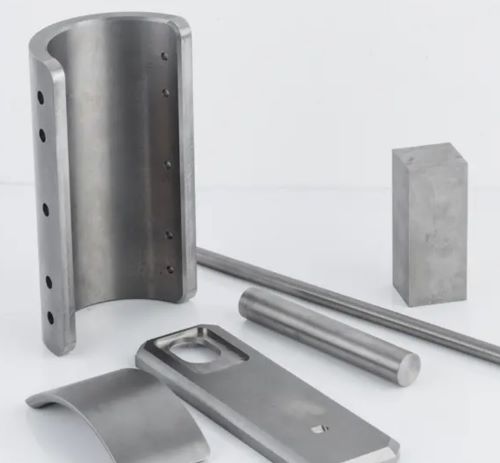
Introduction Tungsten heavy alloy (WHA) is a tungsten-based alloy that contains at least 90% tungsten and 10% other metals such as nickel, iron, and copper. WHA stands out for its great thermal performance, high hardness, large density, and other notable properties. With these desirable features, tungsten heavy alloy found lots of applications including counterweights, radiation […]
Tags: How to Manufacture WHA, Tungsten heavy alloy (WHA), WHA Is Employed for Radiation Shielding, WHA Is Used in The Defense Industry, WHA Is Used to Make Counterweights, WHA VS Pure Tungsten, What Are The Applications of WHA, What Are The Features of WHA, Where & Why Tungsten Heavy Alloy is Used
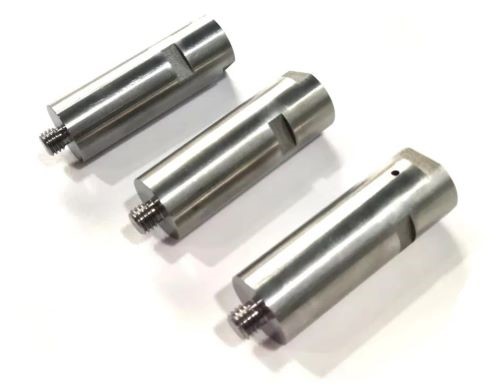
Introduction The glass manufacturing industry is boosting with a market of 106.44 billion dollars in 2021[1], and millions of tons of glass are produced every day using molybdenum electrodes and other agents. Here, we are going to focus on glass melting and the molybdenum electrodes it employs. Hope that you can have a better understanding […]
Tags: glass melting furnace, Molybdenum Electrodes, Molybdenum Electrodes for Glass Furnaces, The Development of Glass Melting, What Are Electrode Materials, What Are Molybdenum Electrodes, What Is Glass Melting
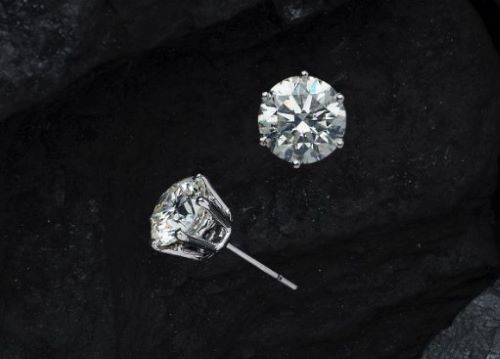
What Is Thermal Conductivity? Thermal conductivity (denoted by k, λ, or κ) refers to a material’s ability to conduct heat at specific temperature and pressure, and it is measured in W/m•K (watts per meter-Kelvin). Highly thermally conductive materials are used to make heat sinks. Materials that transfer heat slowly act as excellent insulators. Different materials […]
Tags: aluminum, Aluminum Nitride, Copper, gold, Graphite, Highly Thermally Conductive Materials, quality metals and alloys, Silicon carbide, silver, Tungsten, Zinc
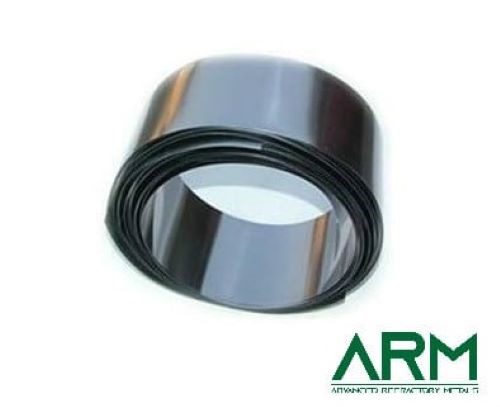
Introduction Tantalum has been a buzzword recently. Pure tantalum and tantalum tungsten alloy are widely used in a broad range of fields including chemical reactions, medical surgeries, and aerospace. Both of them are refractory metal materials with perfect properties, so it may be quite difficult to make your choice between them. This article is going […]
Tags: pure tantalum, Tantalum Applications, Tantalum Tungsten Alloy, Tantalum Tungsten Alloy Applications, Tungsten the Element, Types of Tantalum Tungsten Alloy, What is Tantalum, What is Tantalum Tungsten Alloy
Copyright © 1994-2024 Advanced Refractory Metals owned by Oceania International LLC, All Rights Reserved.